14 F. high at St. Cloud Tuesday.
23 F. average high on February 3.
15 F. high on February 3, 2014.
1.3" snow fell yesterday afternoon and evening at St. Cloud.
23.9" snow so far this winter in the Twin Cities.
27.9" average snowfall for STC, to date.
40.8" snow last winter as of February 3, 2014.
February 3, 1984:
"Surprise Blizzard" across Minnesota and parts of the Dakotas.
Meteorologists were caught off guard with its rapid movement. Persons
described it as a "wall of white." Thousands of motorists were stranded
in subzero weather. Only a few inches of snow fell, but was whipped by
winds up to 80 mph. 16 people die in stranded cars and outside.
Storm Inflation
Beauty - and snow - are in the eye of the beholder. One man's wintry playground is another man's soul-crushing commute.
"Paul,
stop referring to these 1-inch clippers as storms! They don't fit the
definition" a reader scolded. I'm quite accustomed to being scolded,
btw. I'm starting to like it.
Look, I understand old-timers
consider an inch of snow to be "flurries". I get it. But traffic on
freeways has, by some estimates, tripled since the 70s. At the right
temperature and the wrong time it doesn't take much snow to spark the
vehicular equivalent of a heart attack. Exhibit A: Tuesday.
It's
counter-intuitive but monster storms are easier. Nearly 20 inches of
snow in Chicago? All schools and most businesses shut down. People stay
home, avoiding travel headaches altogether. Consider that Boston has
picked up 43 inches of snow from 2 blizzards in 7 days! While we scrimp
an inch here and there.
Today's brisk Canadian breeze gives way to
a partial thaw by late week; models hinting at a few inches of snow
from a more formidable (slower-moving) clipper Saturday night and
Sunday.
No snow days in sight - but we could still squeeze out 15-25 inches of snow between now and April 1.
Slightly Colder Than Average.
European forecast highs are above, the GFS model a few degrees milder
by late week with a shot at freezing Friday and Saturday. The best
chance of accumulating snow comes late Saturday into Sunday morning from
a slower, deeper, wetter Alberta Clipper.
The Perfect Storm?
A plowable snow, enough for skiing and sledding, coming over the
weekend, when commuting traffic is down and people can (in theory) enjoy
the rare snowfall? It's not definite yet (it never is), but GFS
guidance brings a potentially significant snowfall into Minnesota late
Saturday and Saturday night, tapering Sunday morning. Too early to talk
inches, but at this point anything more than an inch would be big deal.
Phil Was Right.
Punxetawney Phil went out on a limb and predicted 6 more weeks of
taxes, D.C. gridlock and media-hype. Oh, and 6 more weeks of winter,
which seems like a fairly sure bet at this northerly latitude. GFS winds
at 500 mb valid February 17 shows a cold flow pushing chilly air into
the northern Plains and Upper Midwest; once again any major storm
spin-ups probably south and east of Minnesota into the third week of
this month. Credit: GrADS:COLA/IGES.
Why Weather Predictions Will Never Be Perfect.
Motherboard
says out loud what I've been thinking ever since the "busted forecast"
for New York City (only 10", instead of the predicted 2 feet). Weather
prediction is an unpleasant mix of science and art. If you call
finger-painting art. Here's an excerpt: "...
Seitter told me the
computer models are constantly being upgraded, but even with the
software improving year over year, weather prediction will always be 95
percent science and 5 percent art. “Forecasters who have a lot of
experience predicting a certain kind of storm are going to do a better
job than you or I would with the same information,” he said..." (Image above: NOAA).
Why A Snowstorm Is One Of The Hardest Predictions For A Meteorologist.
Epoch Times has another story focused on the difficulty of predicting "how many inches". Here's a clip: "...
The
paradox of extreme events is that it is impossible to judge the
accuracy of a forecast from a one off; we need enormous amounts of
computer power not just to make the forecast, but to evaluate and
improve the reliability of the forecast by studying past events. Some
have called for New York to be given a special high-powered
supercomputer to help make more accurate predictions in future..." (File photo: New York State Police).
Here's The One Simple Way To Fix Weather Forecasts.
Which gets back to my idea of including a "Confidence Factor", which
changes over time, depending on model agreement, timing, and a myriad of
other factors. Here's a clip from
TIME: "...
In a 2015 paper,
co-authored with Jared Le Clerc, Joslyn examined how the “cry wolf
effect” impacted weather-related decision making. According to her
research, increasing false alarms (like over estimating snow totals or
issuing unnecessary travel bans) has a negative impact on the quality of
decisions down the road, but reducing false alarms doesn’t have a
positive impact on the quality of future decisions. Adding an
uncertainty estimate to the forecast, however, does..."
The Way We Measure Snow Is Shockingly Low-Tech. It all comes down to a ruler, or yardstick, and how often you take the observations.
Yahoo Finance has an interesting article; here's an excerpt: "...
What’s
changed is the way snow is measured in the U.S., and that means the
figures today could be 15 to 20 percent higher than they were decades
ago, said Kelsch, who works for UCAR’s Comet program developing training
materials for universities and the National Weather Service. Today,
snow is measured on a white board every six hours, Kelsch said by
telephone. After the depth is recorded, the board is wiped clean and the
snow is allowed to pile up again..." (File photo: NOAA).
Storms Like U.S. Blizzard May Get Stronger But Less Frequent: Study. Here's a clip from a story at
Reuters: "...
The
Canadian-led study noted that warmer air can hold more moisture,
meaning more fuel for rain, hail or snow, and found knock-on effects on
how the atmosphere generates storms. "In a future climate, the global
atmospheric circulation might comprise highly energetic storms," they
wrote in the journal Science. At the same time, "fewer numbers of such events" may occur, they said..."
Photo credit above: "
Two
men clear snow from a sidewalk Monday, Feb. 2, 2015, in Blue Island,
Ill. Residents in Chicago and the rest of northern Illinois are
attempting to get to work after a blizzard-like storm dumped up to 16 inches from Sunday to early Monday morning." (AP Photo/M. Spencer Green)
Can We Harvest Lightning For The Power Grid?
The short answer is probably not, but when it comes to innovation and
future energy sources we should strive for breakthroughs that seem like
fantasy today. After all, yesterday's science fiction is now (in many
cases) science-reality. Here's an excerpt of a story at
Forbes: "...
Will
it ever happen? The answer, agreed by most of the 300 respondents, is a
resounding no. The reasons are laid out below, but let’s not, er, steal
their thunder. There are a few outlier entries. François Eustache
suggests replacing the kites with laser beams. The idea is to shine a
laser beam into the storm clouds, ripping electrons from molecules in
the air and creating a path of low electrical resistance down which the
lightning can pass..."
At the same time, "fewer numbers of such events" may occur, they said.
What A Difference A Year Makes.
Planalytics
compares January 2015 with January 2014, when TV meteorologists were
being paid under the table to hype the "polar vortex". Here are a few
January highlights from the latest report:
- A Cold Start to the Month.
- Week 1 was the coldest start to January in 5 years and coldest since 2004 for Canada, driven by bitter cold in the East.
- NYC, Chicago, Baltimore, and Pittsburgh were all coldest since 1988.
- Consistent Warmth Through the West.
- Despite week 2 trending colder across all regions, western locations experienced warm comparisons for a majority of the month.
- San Diego had its warmest week 1 since 1986.
Did A Mega-Storm Doom Air Asia 8501.
Flying into thunderstorms is generally considered a bad idea, due to
extreme turbulence and icing that can make instrumentation unreliable.
Here's an excerpt from
The Daily Beast: "...
But
the most crucial detail that has now been stated by investigators
several times is that the jet began suddenly to climb at an extreme
rate—3,000 feet in 30 seconds—and that as a result it went into a high
speed stall. And the inference has been that this was as a result of the
airplane being sucked into a powerful updraft that was part of a storm
system..."
File photo above: "
In this photo taken
from an Indonesian Air Force Super Puma helicopter Saturday, Jan. 10,
2015, portion of the tail of AirAsia Flight 8501 is seen on the deck of a
rescue ship after it was recovered from the sea floor on the Java Sea.
Investigators searching for the crashed AirAsia plane's black boxes
lifted the tail portion of the jet out of the Java Sea on Saturday, two
weeks after it went down, killing all 162 people on board." (AP Photo/Prasetyo Utomo, Pool)
The Anxiety Of Dangerous Weather: What Happens When Climate Change Drops In For A Visit.
What are increasingly turbocharged storms doing to our mental health,
and how do we avoid a sense of apathy or hopelessness? Here's an excerpt
of a post at
Forbes that caught my eye: "...
But
a residue of anxiety remains. The so-called “natural world” we
encounter through mediated weather events became seemingly more random,
more chaotic, less understandable—in short, more anxious. And anxiety
about weather is a psychological issue of significant importance because
weather is how we experience moments of climate. You see, severe
weather is climate coming by for a visit. It's like the crazy, drunk
uncle whose visits disrupt everything..."
The Argument for "Anti-Work".
Will robotics and automation continue to replace (human) workers in the
21st century. Is full employment a pipe dream? Here's a snippet of a
story at
fastcoexist.com that made an impression: "...
Now, as technology makes more and more jobs unnecessary, maybe it's time for a different framing of work. Twenty years ago, Jeremy Rifkin estimated
that about 75% of jobs in industrialized countries included tasks that
could be at least partially automated, and as artificial intelligence
and engineering improves, that number keeps getting higher. "Society
seems to be in denial over this, to a large extent," Dean says. "So, we
see the persistent belief that we can achieve 'full employment.' Rifkin
showed empirically that this is nonsense, unless we create a lot of
make-work, i.e., work for the sake of working..."
The Western World Has Turned Its Back on Car Culture. Is the car doomed? Not so fast, but an article at
Quartz made me wonder what (future) grandchildren may think of conventional transportation options; here's an excerpt: "...
The Western world’s century-old love affair with the automobile is coming to an end.
People are driving less than they did before the recession, and there
are fewer cars on the road. In the US, the number of vehicles per driver
has fallen from a peak of 1.2 in 2007 to 1.15 today, according to data
compiled by Schroders, an asset management firm. Young Americans are
getting their drivers’ licenses later than they did in 1983, or even in
2008..."

Why The American Founding Fathers Would Have Hated The Anti-Vaccination Movement. Here's a clip from a thoughtful, informative story at
How We Got To Next: "...
READING
THROUGH THE HISTORY of the anti-vaccination movement is a reminder,
first, that anti-science popular movements are hardly unique to our own
time; compared to the anti-vaccination leagues of the 19th century, the
modern dissenters lack the organizational and intellectual firepower the
movement attracted back then. But it also makes clear that vaccines
reside in a difficult place, precisely because they involve the state
and other large institutions making medical interventions with perfectly
healthy children..."
Best Travel Deals and Destinations For 2015.
PBS Next Avenue has some very helpful tips and links to take for a test drive; here's an excerpt: "...
Check airfares at Google Flights and at Hopper.com.
Google Flights is “incredibly helpful if you’re deciding between places
to fly or multiple airlines and don’t want to go crazy comparing
results from 37 different sites,” said Rosenbloom. She especially likes
its bar-graph feature that lets you see which dates the flights would be
least expensive for your route. But Google Flights doesn’t include
Southwest, because the airline doesn’t let search engines include it.
Saltzstein’s a fan of Hopper.com — whose motto is When to Fly and Buy.
The site will tell you when the cheapest times of the week and time of
day are to book the fare you want..."
Amish Donuts. Not those kind of donuts, the kind you do in a vehicle, or a horse and buggy, whatever's handy. Check out this
YouTube clip from Ohio in the aftermath of Sunday's heavy snow - there's a first time for everything!
Every State Described By A Single Sarcastic Line From A Bitter Resident. Random, stupid, a potential waste of time, but I got a laugh out of a few of these.
22 Words has the essay; here's an excerpt: "...
So
if you took a few moments you could definitely come up with some
barbed, perhaps even bitter, description of your home. And that’s
exactly how some people recently chose to respond to a European who asked, “Americans, how would you summarize your state in one sentence?”..."
TODAY: Sunny. "Cold enough". Winds: NW 10-20. Feels like -10F to -15F. High: 14
WEDNESDAY NIGHT: Mostly clear and chilly. Low: -6
THURSDAY: Partly sunny, stiff breeze. High: near 20 (late)
FRIDAY: Mostly cloudy, risk of a thaw. Wake-up: 10. High: 29
SATURDAY: Clouds increase, snow at night. Wake-up: 15. High: 28
SUNDAY: Snow tapers, few inches, potentially plowable? Partial clearing by afternoon. Wake-up: 20. High: 25
MONDAY: More clouds than sun, quiet. Wake-up: 12. High: 26
TUESDAY: Peeks of sun, trending milder. Wake-up: 13. High: 28
Climate Stories.
When Global Warming Means More Snow. Climate scientist Kevin Trenberth has a good explanation at
The Conversation U.S. - here's an excerpt: "...
The environment in which all storms form is now different than it was just 30 or 40 years ago because of global warming.
Changes in atmospheric composition from human activities have increased
carbon dioxide and other heat-trapping greenhouse gases, with carbon
dioxide level increasing by over 40 percent since about 1900 mainly from
burning fossil fuels. The resulting energy imbalance warms our planet. And over 90 percent of the heat has gone into the oceans..."
Photo credit above: "
John
Mensch, of Moultonborough, New Hampshire, shoves snow around a car
buried in almost a four foot drift on Beacon Hill in Boston, Tuesday,
Feb. 3, 2015. The Boston area has received about 40 inches of snow in
the past week." (AP Photo/Charles Krupa)
Scientists Seeking To Save World Find Best Technology Is Trees.
Kind of ironic that the simplest, cheapest and potentially most
effective solution may be to plant more trees, which absorb CO2 and
release oxygen. Here's an excerpt from
Bloomberg Business: "...
They
considered methods ranging from capturing emissions from factories and
power stations to extracting carbon dioxide directly from the air, and
adding lime to oceans to increase their absorption of the gas, a study
released on Tuesday showed. None were more promising than planting
trees, or baking waste wood to form a type of charcoal that can be added
to soil. Relative to other so-called Negative Emissions Technologies,
afforestation and biochar are low-cost, have fewer uncertainties and
offer other benefits to the environment, the research shows..."
File photo: AP Photo/The Daily Astorian, Joshua Bessex.
What Do Farmers Think About Climate Change.
The Minnesota farmers I've talked to seem to be keeping an open mind on
the subject, most of them realize something has changed, and whether
it's a natural cycle or man-made they still need to build resilience
into everything they do. Here's a snippet from
Scientific American: "...
Farmers
who said they trusted environmental groups for information about
climate change were more likely to believe that climate change was
occurring and that it was due to human activity. However, farmers who
said they trusted farm groups, agribusiness and the farm press were less
likely to believe climate change was happening and due to human action.
Respondents had the most trust in climate change information from
scientists, while the least trusted source of information (for 31
percent of respondents) was mainstream media..." (File photo: AP)
Beneath The Waves: How The Deep Oceans Have Continued To Warm Over The Past Decade. Carbon Brief takes a look at trends, and where the vast majority of additional heating is going; here's a snippet: "
Alongside the news today that 14 out of the 15 warmest years at Earth's surface have been in the 21st century, a new paper shows just how much the deep oceans are warming, too.
Between 2006 and 2013, the oceans took up a vast amount more heat than
the atmosphere. But you have to look below the surface to find it, says
the paper
in Nature Climate Change. Using the latest ocean-observing technology,
the authors find more than half the heat lurks in the deep sea, below
700m..."
Unabated Planetary Warming and its Ocean Structure Since 2006.
Nature Climate Change
has an abstract of new research that tracks measurements from thousands
of ocean probes, showing most of the warming has gone into the ocean
waters of the southern hemisphere.
The Climate-Change Debate, Simplifed. Here's a clip from an Op-Ed at
The Star Tribune
that resonated, a reminder that climate change is "the perfect
problem": global, slow-motion, with no silver bullet solution: "...
The
good news is that the changes occur somewhat slowly. The bad news is
that the changes occur somewhat slowly. If the changes were very rapid
and prolific, we’d be in deep trouble, right now. We would know it, and
we would take great steps to reverse climate change. (But it might be
too late.) Luckily, the changes are not extremely rapid or prolific. We
have to recognize the changes that are occurring. Look around. Look for
the changes. Do you see changes?..."

2014 Was Hottest Year On Record. But you knew that already.
Economic Times has some additional detail to put that headline into perspective; here's a clip: "...
Also
notable was that the 2014 record occurred in the absence of a
fully-developed El Nino system - a periodic weather phenomenon that has
an overall warming impact on Earth's climate. High temperatures in 1998 -
the hottest year before the 21st century - occurred during a strong El
Nino..."
The
WMO said that only a few hundredths of a degree separated the warmest
years. Average global air temperatures in 2010 were 0.55 C above
average, compared to 2014's 0.57 C, and 0.54 C in 2005.
Also
notable was that the 2014 record occurred in the absence of a
fully-developed El Nino system -- a periodic weather phenomenon that has
an overall warming impact on Earth's climate.
High temperatures in 1998 -- the hottest year before the 21st century -- occurred during a strong El ..
Different Tack Needed For Climate Change Skeptics, Study Says. Here's an excerpt from
The Toronto Star: "...
Simply
explaining the science behind man-made climate change will probably not
help convert skeptics, says an Australian study. But what may tilt the
balance is convincing climate skeptics that their actions are unlikely
to prevent action on climate change, researchers say. The study,
published in Nature Climate Change Monday, also emphasizes that it is important to reduce the growing polarization between the skeptics and the believers..."
An Urban Climate Double Whammy: More Heat, Less Wind.
The Washington Post summarized new research into the implications of a changing climate; here's the introduction: "
It
is hardly news that in a warming world, there is a greater risk of
increased hot temperatures, including truly extreme heat days that push
the boundaries of what people are used to experiencing. But according to
new research,
most major cities across the world are not only experiencing more days
and nights with extreme heat; they’re also seeing less overall strong
wind. That’s a potential double whammy, in that on extremely hot days,
you need breeze to help cool the body down..."
Climate Change May Cause Extreme Storms To Strengthen And Weak Ones To Abate.
Science World Report has the article; here's a clip: "..
.In
other words, they found that powerful storms are strengthened at the
expense of weaker storms. However, there were the same number of storms
overall. These findings may tell us exactly what we may be in for in
terms of weather in the future as our climate continues to warm. The
findings are published in the journal Science...." (Hurricane Denny image: NASA).
KU Team Helps Chart Climate Change With 3-D Map of Greenland Ice Sheet.
The Kansas City Star has a story that got my full, undivided attention; here's the intro: "
To
get a better look at Greenland, climate scientists turned to Kansas. A
team of engineers from the University of Kansas developed
ice-penetrating radar that helped create the first comprehensive 3-D map
of the receding Greenland Ice Sheet. And the picture they produced is
scary. The data reveal that the last time the Earth’s climate was
roughly as warm as now, the ice sheet retreated to a fraction of what it
is today..."
Image credit above: "Radar
map of Greenland may foretell future Ice-penetrating radar shows ice
layers in Greenland from different historical times. The oldest, in dark
blue, is from about 115,000 years ago, when the Earth was roughly as
warm as today." Center for Remote Sensing of Ice Sheets at the University of Kansas.

5 Ways To Teach Children About Climate Change.
EcoWatch has some helpful suggestions on how to communicate a complex, at times frightening topic; here's the introduction: "
Climate
change is a big topic that can be difficult even for adults to wrap
their minds around - especially, it seems, if they are elected to
Congress. Although indicators of it are all around us, it can be hard
for someone who's not a scientist - as members of Congress keep telling
us they aren't - to put together cause and effect. For a child, the
concept is even more abstract. But the good news it that kids are
receptive to new information and there are fun ways out there to make
real to them how the climate is changing and what humans are doing to
make that happen..."

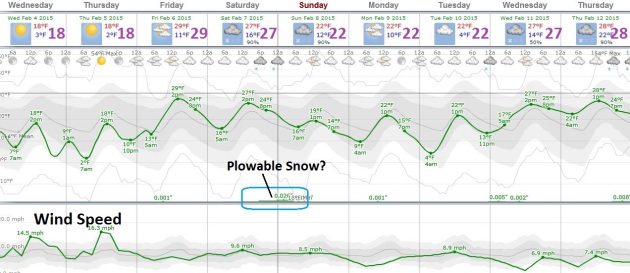

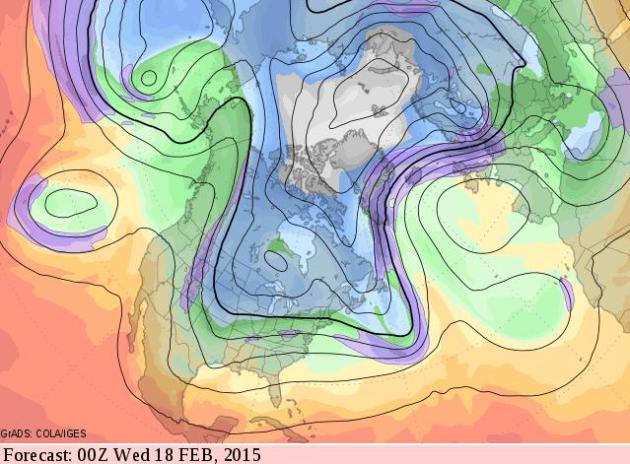

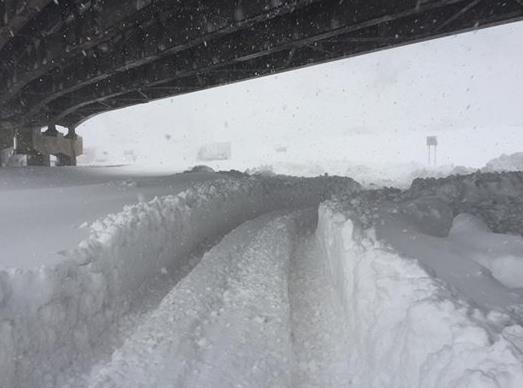
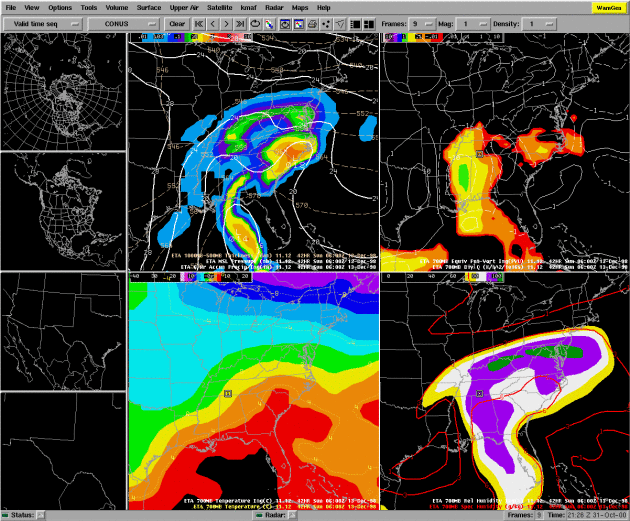

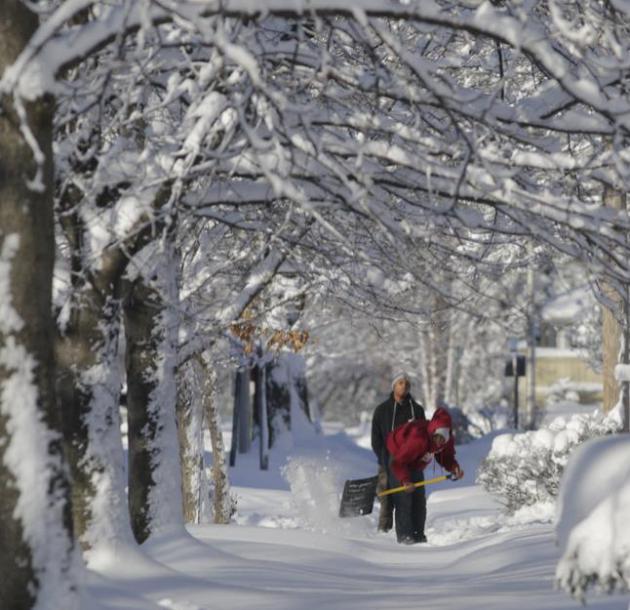

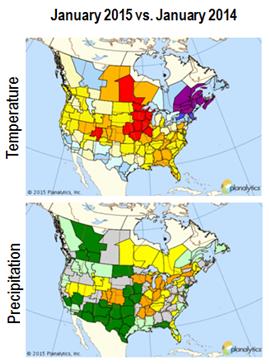
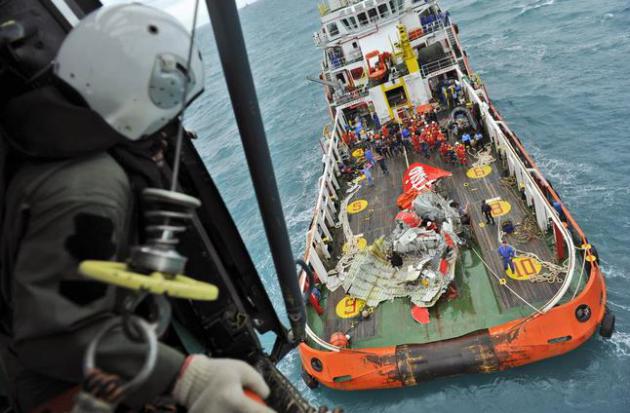

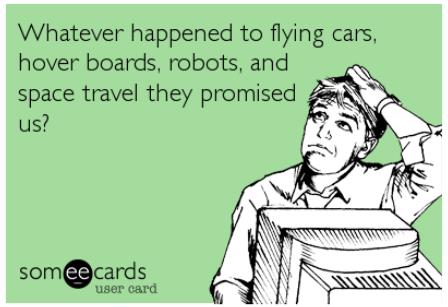
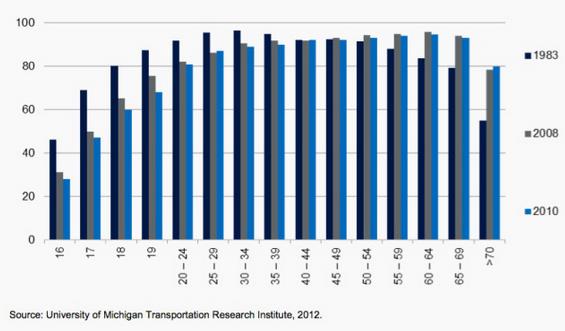
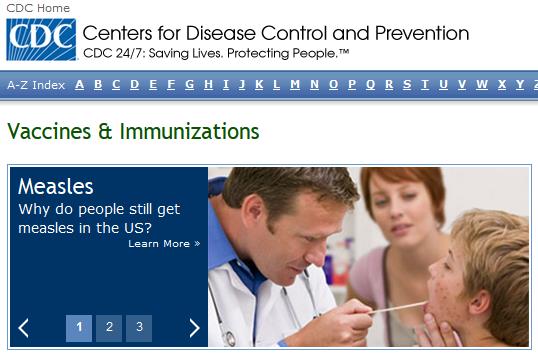



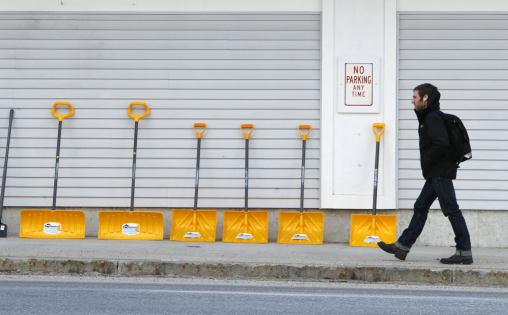
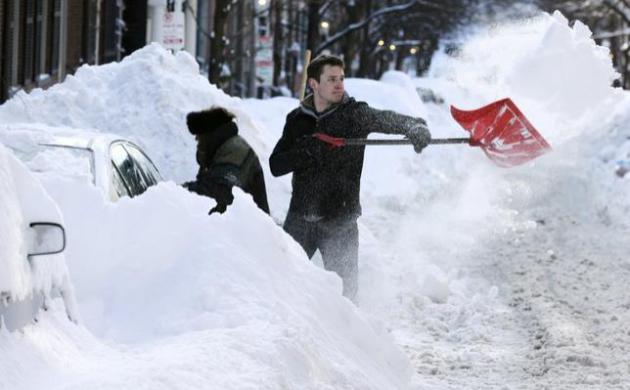



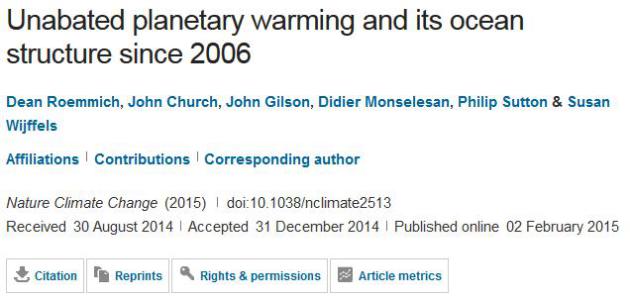
.jpg)
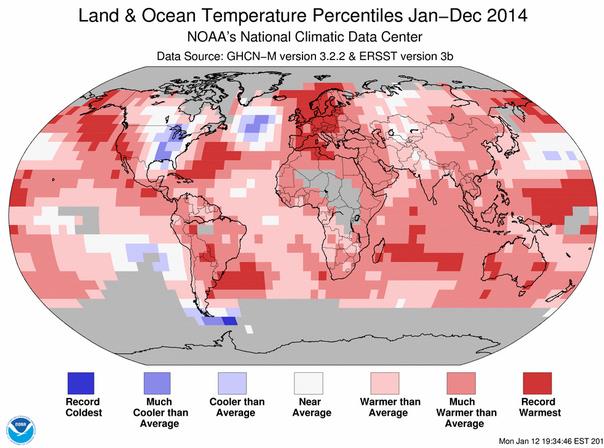



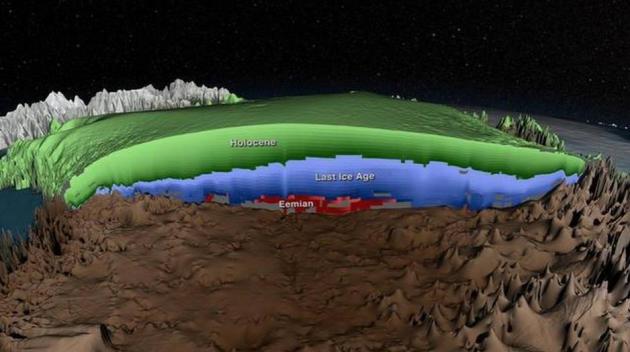

This comment has been removed by the author.
ReplyDeleteThis comment has been removed by the author.
ReplyDeleteThis comment has been removed by the author.
ReplyDelete